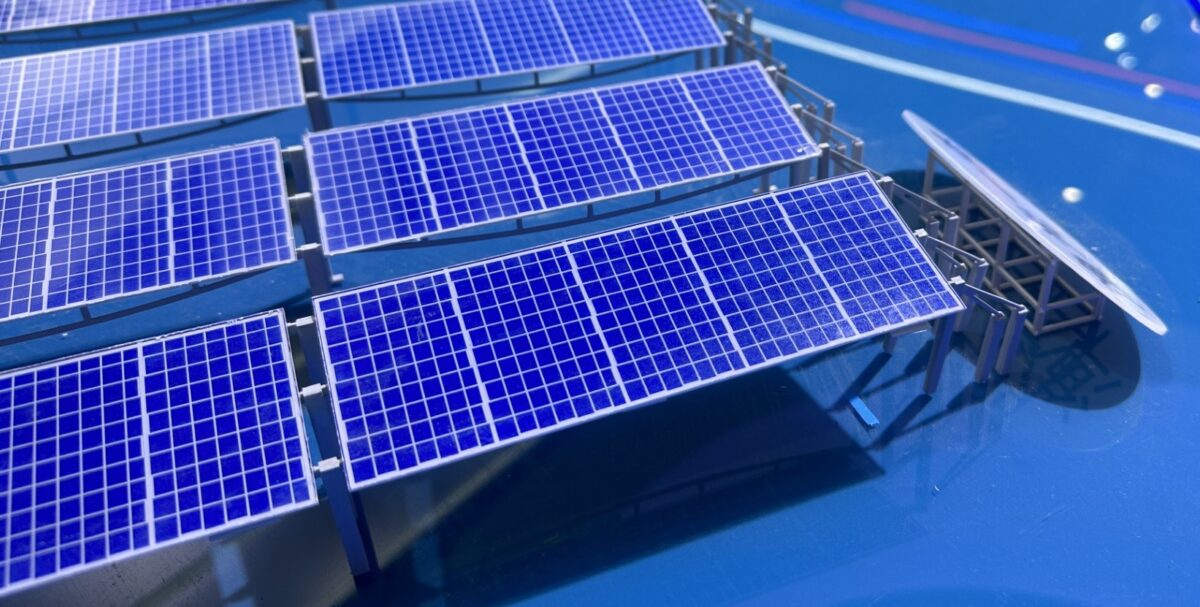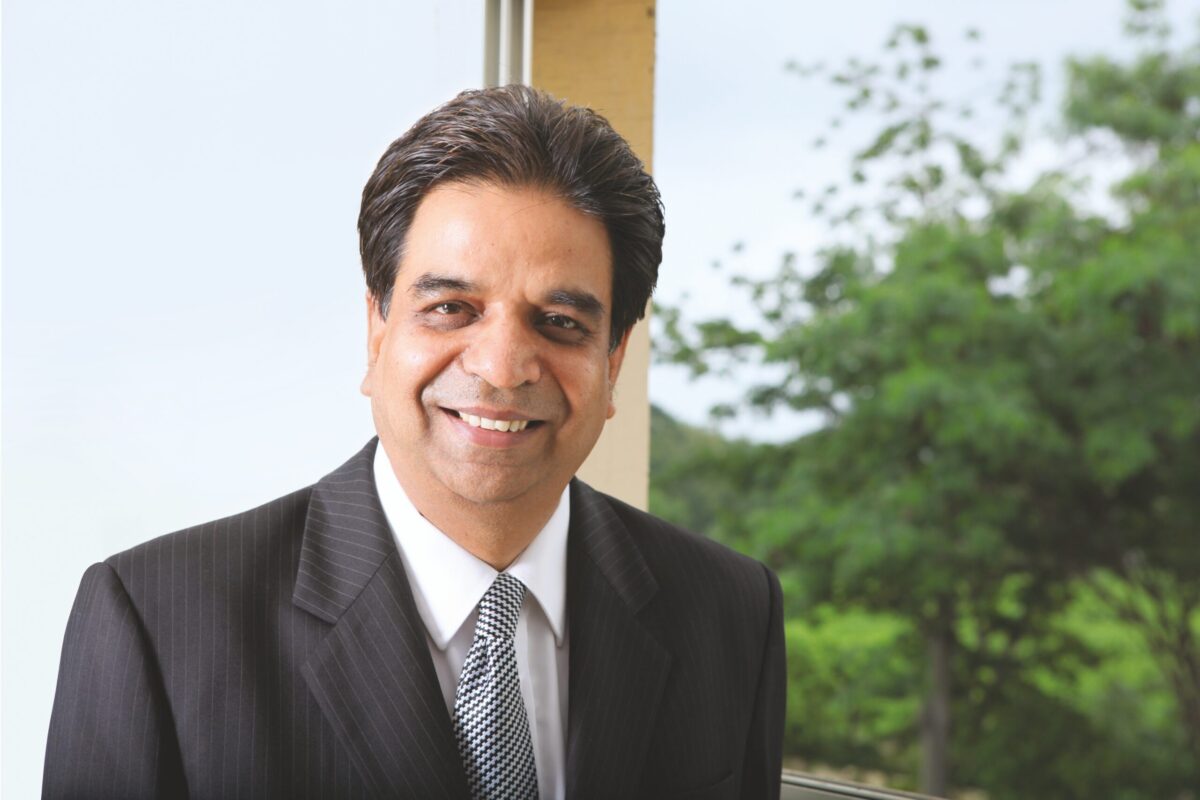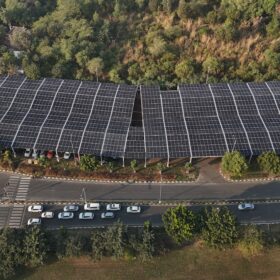From pv magazine Global
Researchers from the Singapore Institute of Technology have investigated the performance of new floating breakwaters (FBs) integrating wave energy converters (WECs).
The breakwaters are intended for use in offshore floating PV (OFPV) farms. “As the OFPVs move to the open sea, they are exposed to severe random waves and thus the design of the structure must take into consideration these cyclic loadings,” the research’s corresponding author, Zhi Yung Tay, told pv magazine. “There are few research works focusing on studying the effect of hybrid FB and WECs in mitigating the response of the floating solar PV farm and enhancing the wave energy extraction from the OFPV.”
Using numerical simulations, the scientists investigated I-shaped, L-shaped, U-shaped, and box-shape FBs surrounding the PV farm from all directions. They also developed an in-house finite element boundary element (FE-BE) method to simulate the PV farm and the FB by its sides. While FE analysis divides structures into more minor elements to analyze the structure, BE analysis focuses on solving problems at their boundaries.
The FE-BE method considers the water domain, structure domain, and power absorption, among other parameters, using mathematical equations. “The validation of the model was performed by comparing the natural frequencies and vibration modes with their counterparts obtained from the software Abaqus,” Tay highlighted.
In the simulations, the OFPV had a square layout of 101.2 m x 101.2 m and a depth of 0.2 m. The FB is 103.2 m long and 2 m wide and is located 1 m away from the floating PV farm. Raft-type WECs are assumed to be hinged to the FB, each with a depth of one meter.
“Considering that the OFPVs are to be deployed in regions with tropical climates with moderate sea-state, the wave period assumed in the case studies is taken as T = 3s, 4s and 5s whereas the water depth is assumed to be 10 m,” Tay added.
Through their analysis, the academics found that the WECs achieve the highest additional power output when the wavelength is shorter. Under a head sea, where waves come directly towards the structure, the I-shaped configuration generates the most power. Under an oblique sea, where waves approach at an angle, the box-shaped works the best.
“The highest efficiency in extracting wave energy was obtained by the FB-WEC-I configuration, while the FB-WEC-U and FB-WEC-BOX configurations had lower efficiency but a larger operating range due to their ability to capture oblique waves,” the research team stated. “The FB-WEC-BOX is most effective in mitigating the hydroelastic response of the OFPV, followed by FB-WEC-U, FB-WEC-L, and FB- WEC-I when the wave period is small, i.e., 3s and 4s.” It added that the FB and FB-WEC are not effective when the encountering wavelength is longer than 5 seconds.
The researchers explained that their work was limited to linear order assumptions and said that more research is needed to optimize the design parameters of the FB-WECs after experimental validation.
Their findings were presented in “Performance of integrated FB and WEC for offshore floating solar photovoltaic farm considering the effect of hydroelasticity,” published in Ocean Engineering.
This content is protected by copyright and may not be reused. If you want to cooperate with us and would like to reuse some of our content, please contact: editors@pv-magazine.com.








By submitting this form you agree to pv magazine using your data for the purposes of publishing your comment.
Your personal data will only be disclosed or otherwise transmitted to third parties for the purposes of spam filtering or if this is necessary for technical maintenance of the website. Any other transfer to third parties will not take place unless this is justified on the basis of applicable data protection regulations or if pv magazine is legally obliged to do so.
You may revoke this consent at any time with effect for the future, in which case your personal data will be deleted immediately. Otherwise, your data will be deleted if pv magazine has processed your request or the purpose of data storage is fulfilled.
Further information on data privacy can be found in our Data Protection Policy.